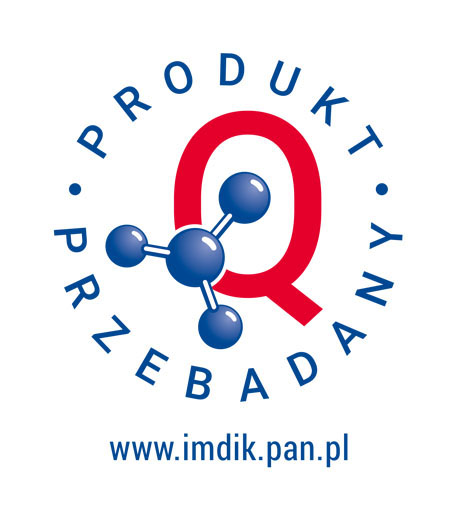Anxiety disorders (ADs) are the sixth leading cause of disability worldwide in terms of years of life lived with disability and are characterized by intense and prolonged negative emotions such as feelings of fear and distress. Despite heterogeneity, ADs share similar clinical features such as extensive anxiety, physiological anxiety symptoms, behavioral disturbances such as avoidance of feared objects, and associated distress or cognitive impairment. Two factors are most widely acknowledged as involved in its pathogenesis: genes and stressor events. However, understanding of the mechanisms underlying the genetic basis of the disease has remained elusive. The genome-wide association study proposed the SLC38A1 gene, coding for SAT1 glutamine transporter, as a candidate gene associated with stress vulnerability and anxiety. Recent data has proven that SAT1 regulates vesicular GABA content and induces high-frequency membrane oscillations, indicating that its dysfunction likely to predispose to anxiety behavior. Of importance, SAT1 is critical for BDNF-dependent regulation of dendritic length and neuronal complexity linking the enhanced GABAergic tone with morphological changes and neurotrophic theory of ADs. The working hypothesis lays on our unique observations revealing that SAT1ko mice present behavioral and biochemical disturbances indicative of anxiety-like phenotype and cognitive alterations. Therefore the objective of this proposal is to unravel the relationship between SAT1 depletion and stress vulnerability, in correlation with changes in the GABAergic and glutamatergic system and BDNF-induced neuronal complexity. We will use a state-of-the-art methodology and SAT1ko mouse (both male and female) to explore the impact of SAT1 transporter depletion on GABAergic/glutamatergic balance in the prefrontal cortex (PFC) of mice brain in the context of anxiety-like phenotype. Mice will be tested under basal conditions and following chronic stress procedure (CSDS). The experiments will be performed (1) in vivo on SAT1ko mice subjected to CSDS to model rodent anxiety-like behavior; (2) ex vivo on isolated PFC slices for electrophysiological recordings and morphological analysis; (3) ex vivo on cells isolated from SAT1ko/wt animals to uncover molecular aspects; (4) human postmortem brain tissue. Behavioral phenotype of SATko/wt mice subjected to CSDS procedure will be determined using different tests aiming to analyze the anxiety-like response, including impact on working and recognition memory. Analysis of metabolites status, related to the glutamine-GABA-glutamate cycle encompasses metabolic rate of TCA cycle, metabolites quantification of PCF brain tissue [LC-HPLC, GC-mass spectrometry], including astrocyte-neuronal metabolites redistribution using labeled substrates [[U-13C] acetate/glutamine or [1,2-13C] acetate]. The proposal goal will achieve using a series of methods that include: Western blot analysis, quantitative real-time polymerase chain reaction (qRT-PCR), fluorescent immunohistochemistry with confocal microscopy, electron microscopy, electrophysiological recordings, RNA-sequencing, and mass spectrometry, for proteomic study. The role of the SAT1 transporter as the mediator of the anxiety-like phenotype has, to our knowledge, wasn't evaluated. The results address the importance of SAT1 glutamine transporter in GABAergic/glutamatergic transmission balance, including glutamine transporter role in the control of neurotrophic-BDNF-related morphology of neurons. In the future perspective, project results likely to evolve into a useful tool in neuronal impairment control and in designing specific diagnostic or therapeutic methods absent in the current practice.






